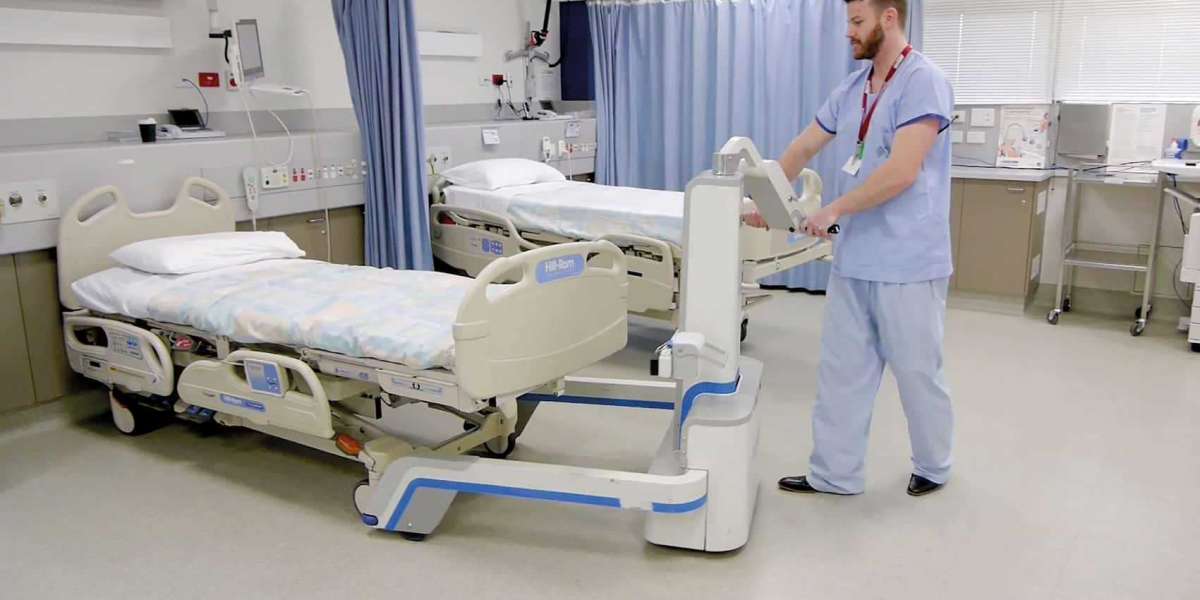Introduction to Hospital Beds
Hospital beds are a crucial piece of medical equipment used to support patients during treatment and recovery. There are two main types of hospital beds: powered beds and manual beds. Each offers different functionality to best meet patient needs. This article provides an overview of the key features and factors to consider when choosing between powered and manual hospital beds.
Powered Hospital Beds
Powered beds, also called electric beds, are equipped with electric motors that allow adjustments to be made with the push of a button. Some of the main powered bed functions include:
Head and Foot Adjustments: The head and foot sections can be raised, lowered, and positioned independently through electric controls. This allows patients to easily shift positions for tasks like eating, reading or watching TV without assistance.
Height Adjustment: Powered beds often have variable height settings controlled by buttons. Caregivers can raise or lower the surface for tasks like transferring patients or providing treatment.
Battery Backup: Most powered beds include battery backups that allow adjustments during power outages. Batteries are typically charged through a built-in system when the bed is plugged in.
Preset Positioning: Some advanced models offer predefined position settings like raising the head for meals or lowering flat for sleep. Presets speed positioning without manual adjustments.
Bed Exit Alarms: Powered beds may be equipped with exit alarms that sound if a patient moves toward the edge of the surface without assistance. This prevents falls.
Weigh Scale Functions: High-end powered beds integrate digital weighing scales into the foundation. This allows for weighing patients without needing to transfer them.
Benefits of Powered Beds
Ease of Use: Powered adjustments make it simpler for patients and caregivers to shift positions independently or with minimal help. This reduces strain on staff.
Customizable Care: Variable positions help meet patients' changing needs throughout treatment and recovery. Precise adjustments also aid certain medical procedures.
Increased Safety: Features like exit alarms, bedside rails and automatic stop functions minimize risks of falls, entrapment or over-exertion compared to manual maneuvering.
Scales Reduce Handling: Integrated scales avoid lifting or moving patients unnecessarily for weighing. This leads to better outcomes and safety.
Consistency: Repeatable preset positions ensure standardized care processes across shifts and caregivers for tasks like rehabilitation exercises.
Manual Hospital Beds
Manual or crank beds require physical effort to reposition. The main mechanisms include:
Crank Handles: Position the head and foot sections through crank handles built into the side rails. Caregivers must manually turn the handles to raise/lower each side.
Adjustable Height: Some models have removable or adjustable-height legs that position the fixed-surface height higher or lower as needed.
Built-in Brakes: Brake levers or pedals lock each castor to hold the bed steady during transfers or procedures.
Rails: Fire retardant side rails run lengthwise to prevent falls and provide support handles for patients and staff.
Benefits of Manual Beds
Low Cost: Manual beds have a more affordable upfront price compared to powered options. This provides accessibility in environments with tighter budgets.
Reliability: Without powered motors or electronics, manual designs have fewer moving parts to break down or require maintenance.
Transportability: Lightweight manual beds can be easily maneuvered between wards, departments or floors by one caregiver. This improves resource utilization.
Off-Grid Use: Manual functionality does not rely on electrical power, so beds can still be used during outages or in remote locations.
Choosing between Powered and Manual Beds
Overall, powered hospital beds offer enhanced functionality, customizability, safety features and ease of use compared to manual designs. However, manual beds provide reliable low-cost options suitable for general wards.
Key factors to consider include:
- Patient acuity/mobility level and care needs.
- Intended care settings (ICU, general ward, etc.).
- Budget and funding limitations.
- Facility infrastructure like available power, space and transportation needs.
For critical or long-term patients, powered beds better optimize outcomes. Manual beds sufficiently serve basic inpatient requirements in constrained environments. A balanced assessment of priorities guides the best choice.
In Summary, The choice between powered and manual hospital beds depends on factors such as patient mobility, caregiver preferences, and facility requirements. Powered beds offer advantages in terms of ease of adjustment and reduced physical strain on caregivers, particularly for patients with limited mobility or complex medical needs. However, manual beds remain a cost-effective and reliable option for facilities with budget constraints or patients who do not require frequent adjustments.







